笔墨随时代 丹青绘山河—世界级艺术大师邴文政精品赏析
- 2023-03-30 09:59:10
- 点赞量:1964
- 点击量:32290
- 作者:sjwhlm世界文化联盟
书画蕴含着民族博大精深的文化,在建设社会主义文化强国的大背景下,继承和发展书画艺术尤为重要。在深入生活的艺术创作中,创作者以饱蘸热情的丹青墨笔,以满怀激情的创作状态,把握时代脉搏,聆听时代声音,用一幅幅鲜活生动的作品展现出民族精神,领略书画的艺术真谛与哲学内涵,描绘新时代的精神图谱。邴文政先生作为当代著名的艺术家,在走进自然、走进文化、走进传统之中定位自己的创作。他的艺术作品在整体的诗意美与清新的韵致中,体现了传统美学、时代精神相融的特殊魅力。因此,在世界级艺术在行动的网络主题展频,从多个方面呈现他在书画传承与发展上孜孜不倦地探索;以鲜明的笔墨境界,铸造着民族的文化品格和精神;以至臻至美的艺术展现他胸有千壑的大境界大视野,抒发出学养胸襟及审美追求。
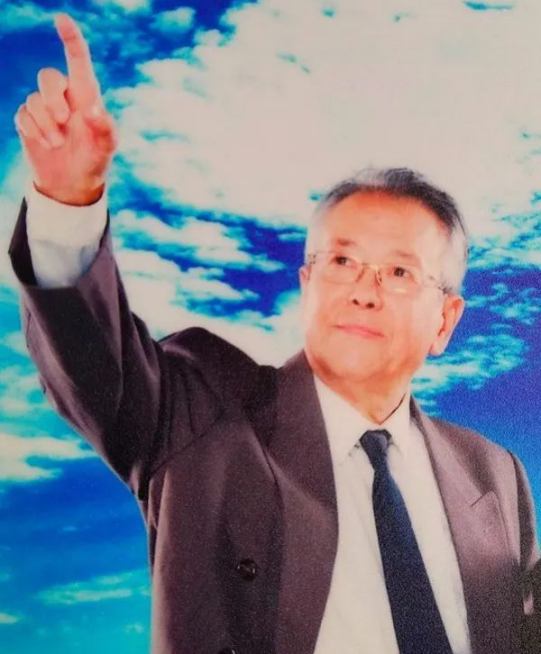

邴文政,1935年出生于山东烟台市。受家族和亲属的影响和熏陶,自幼酷爱书法及诗词艺术,可能和基因有关,对书法、篆刻悟性较高、接受快,且能联想和举一反三。在退休前经常写毛笔字,在1995 年退休后才正规地系统学习书法、篆刻常识、理论,并临摹各种字帖。经过三年多的系统自学,1998 年才开始创作。二十多年来,我本着“不跟风,不越轨(书法的底线),求结台,寻欣悦的原则”,以“玩”的心态,初步形成有自己风格的书法、篆刻作品。
一是书法和篆刻结合。受广西永福县夫子岩母子百寿图的启发。开始先创作了榜书母寿内各体手写百寿图,后来刻了单寿印,就创作了榜书母寿双钩内盖百方以上寿印的书法篆刻母子百寿图,再后又发展到用黄国画颜料写榜书寿,双钩后盖百方以上寿印。在寿印创作达到千方时,创作了书法篆刻千寿图。后来又以单寿印和寿语印相结合创作出了一套天时(楷书母寿)、地利(行书)、人和(草书)、祖国万岁(隶书) 万寿图。此思路的延伸,我又刻了龙、虎、凤、福喜、佛、康、乐、马、山、梦、园、酒等印,先后创作出了: 双寿、福寿、福乐寿、康乐寿、福禄寿、龙、龙马,龙风、单风、虎、龙虎山、酒、酒名、醉翁、佛、双喜、道德经(名句印)、韬略(秘本兵法三十六计印)。已形成了书法篆刻系列作品。
二是集字书法。中国汉字无论是数量、异体字及字体都特别丰富。一个汉字从甲骨文到简化字最少有几十种写法,最多的如寿字有几千种写法。这是一个文化艺术的资源,集合起来就是美的艺术。开始以阵列式写了二百幅百寿图,后来又挖掘出了龙、虎、凤、福...采取阵列式、繁星式、立体三维式、成语式、组句式母子式等。创作出了乐园、醉仙、星舞、鹰击长空、凤还巢、农家乐、八仙过海、十面埋伏,耕云种月等几十种不同的作品。力图提高书法的趣味,使其成为书法艺术。
三是探索水墨书法。书法是通过毛笔和墨来完成的,王鐸采用水破墨的方法,首字浸润就能流芳百世,自然书法在笔法、墨法、章法、结构法等诸法中占重要地位,但在实践中研究墨法的人并不多,通常说浓、淡、干、湿、枯的墨分五色,在一幅作品中都能展现出来是很难的。我通过学习国画中的大泼墨法,在榜书书法创作中采用宿墨、水破墨、墨破水、宣纸溃水等国画大泼墨手法及笔法中采用偏锋、侧锋、拖笔等探索创作出了水墨榜书龙、虎、寿、荷、佛及六字之内短句书法。在独字中展现墨分五色,在点线中纵向、横向都有墨色变化。这种创作成功率很低,但我确信在书法由应用功能向艺术书法转变中,应该探索的方向。
四是国学精典恢复原貌。近代在书法篆、隶、楷、行、草的基础上,又增加了甲骨文和简牘书法两种字体。我对应年代,创作了仿龟甲的甲骨文易经乾挂。还创作了用老子、孔子当时的文字一一简书,老子道德经八十一章和论语名句选。为了当代人能读懂原文内容,并用小行书写译文,达到读懂国学精典的作用。 五是围绕中华传统文化进行创作。中华传统文化很多,我选择了寿文化、龙文化、福文化、道教文化、佛教文化、酒文化、龙凤等图腾文化、诗词文化等进行创作。也常以中华传统文化配自作诗词进行创作,使其传统文化和当代结合,达到古为今用的目的。
在二十多年的时间里,我在书法、篆刻、诗词方法进行了一些探索。游于艺,心底无私天地宽;优劣、对错千秋功过就让后人评说吧。获奖较多,戴帽较多,比较有价值的有: 2010 年11月获第七届中国文化艺术政府奖“文华奖”的“最佳创作奖”;2015年1月获中华人民共和国文化部艺术组委会“神笔传奇艺术家”荣誉称号;2015年1月世界吉尼斯评定为“世界艺术巨匠”荣誉称号。是中国老年书画研究会会员,中国书法家协会会员、委员,中国文化艺术界联合会名誉顾问。经国家书法师职称审定委员会评级认定,邴文政的书法职称为:国家特级书法师。
Bing Wenzheng was born in Yantai City, Shandong Province in 1935. Influenced and nurtured by family and relatives, he has a passion for calligraphy and poetry art since childhood, which may be related to genes. He has a high understanding of calligraphy and seal cutting, is quick to accept, and can associate and draw inferences from one instance. Before retirement, I often wrote calligraphy with brush strokes. After retirement in 1995, I formally and systematically studied calligraphy, seal cutting knowledge, theory, and copied various calligraphy scripts. After more than three years of systematic self study, he began to write in 1998. Over the past twenty years, I have initially formed my own style of calligraphy and seal cutting works based on the principle of "not following the trend, not deviating from the norm (the bottom line of calligraphy), seeking to achieve success, and seeking joy.".
One is the combination of calligraphy and seal cutting. Inspired by the longevity map of Fu Zi Yan's mother and son in Yongfu County, Guangxi. At first, I created handwritten longevity maps of the mother's birthday in the list, and then I carved a single longevity seal. I created a calligraphy and seal cutting diagram of the mother's birthday with a double hook inside and a longevity seal above 100 square meters. Later, I developed to write the list's birthday with yellow traditional Chinese painting pigments, and the double hook back with a longevity seal above 100 square meters. When the creation of longevity seals reached a thousand square meters, a calligraphy and seal cutting thousand longevity map was created. Later, a combination of single longevity seals and longevity language seals was used to create a set of maps of heaven and earth (regular script, mother longevity), geography (running script), human harmony (cursive script), and the longevity of the motherland (official script). As an extension of this idea, I have carved seals such as Dragon, Tiger, Phoenix, Fuxi, Buddha, Kang, Le, Horse, Mountain, Dream, Garden, and Wine, and have successively created: Double Life, Fushou, Fuleshou, Kangeshou, Fulushou, Dragon, Dragon Horse, Dragon Wind, Single Wind, Tiger, Dragon Tiger Mountain, Wine, Wine Name, Drunken Weng, Buddha, Double Happiness, Tao Te Ching (famous sentence seal), and Taolue (secret script of the thirty-sixth plan seal of military tactics). A series of calligraphy and seal cutting works have been formed.
The second is collecting calligraphy. Chinese characters are particularly rich in quantity, variant characters, and fonts. There are at least dozens of ways to write a Chinese character from Oracle to simplified characters, and the most common characters, such as Shou characters, have thousands of ways to write them. This is a resource of culture and art, and together, it is the art of beauty. At first, I wrote two hundred diagrams of longevity in an array, and later excavated dragons, tigers, phoenixes, and blessings It adopts array style, multiple star style, three-dimensional style, idiom style, group sentence style, mother child style, etc. He has created dozens of different works, including Paradise, Drunken Immortals, Star Dance, Eagle Striking the Sky, Phoenix Returning to the Nest, Farmhouse Music, Eight Immortals Crossing the Sea, Ambush on Ten Sides, Cultivating Clouds and Planting the Moon. Strive to enhance the interest of calligraphy and make it an art of calligraphy.
The third is to explore ink calligraphy. Calligraphy is accomplished through brush and ink. Wang Duo used the method of breaking ink with water to create a lasting reputation. Naturally, calligraphy plays an important role in various techniques such as brushwork, ink, composition, and structure. However, there are not many people who study ink techniques in practice. Generally speaking, thick, light, dry, wet, and dry ink can be divided into five colors, which is difficult to display in a single piece of work. By studying the great splashing ink technique in traditional Chinese painting, I have used the great splashing ink technique in traditional Chinese painting such as Su ink, water breaking ink, ink breaking water, and rice paper breaking water in calligraphy creation, and explored and created the short sentence calligraphy of dragon, tiger, longevity, lotus, Buddha, and the six characters in the Chinese calligraphy of the Chinese calligraphy. The ink is divided into five colors in a single character, and there are ink color changes in both the vertical and horizontal directions in the dotted line. "The success rate of this kind of creation is very low, but I believe that in the transformation of calligraphy from application function to artistic calligraphy, there should be directions to explore.".
The fourth is to restore the original appearance of the classic Chinese classics. In modern times, on the basis of calligraphy such as seal character, official script, regular script, line, and cursive script, two types of calligraphy were added: oracle bone inscription and bamboo slips calligraphy. I created the dried hanging of the I Ching on oracle bones imitating tortoise shells in the corresponding era. He also created a simplified book using the writings of Lao Tzu and Confucius at the time, 81 chapters of Lao Tzu's Tao Te Ching, and selected famous sentences from the Analects of Confucius. In order for contemporary people to understand the content of the original text and write a translation in small lines, achieving the function of reading the classic Chinese classics. The fifth is to create around traditional Chinese culture. There are many traditional Chinese cultures, and I have chosen to create them through longevity culture, dragon culture, blessing culture, Taoism culture, Buddhism culture, wine culture, totem culture such as dragon and phoenix, and poetry culture. "They often use traditional Chinese culture to create their own poems, combining their traditional culture with contemporary times to achieve the goal of making the past serve the present.".
Over the past twenty years, I have made some explorations in the methods of calligraphy, seal cutting, and poetry. Travel in art, selfless and broad in heart; The pros and cons, right and wrong, merits and demerits will be judged by future generations. More awards, more hats, and more valuable ones are: in November 2010, he won the "Best Creation Award" of the 7th Chinese Culture and Art Government Award "Wenhua Award"; In January 2015, he was awarded the honorary title of "Magic Brush Legend Artist" by the Art Organizing Committee of the Ministry of Culture of the People's Republic of China; In January 2015, Guinness World Book of Sciences awarded the honorary title of "World Artist". He is a member of the Chinese Elderly Calligraphy and Painting Research Association, a member and member of the Chinese Calligraphers Association, and an honorary advisor to the Chinese Federation of Culture and Art Circles. After being rated by the National Calligrapher Title Approval Committee, Bing Wenzheng's calligraphy title is: National Super Calligrapher.
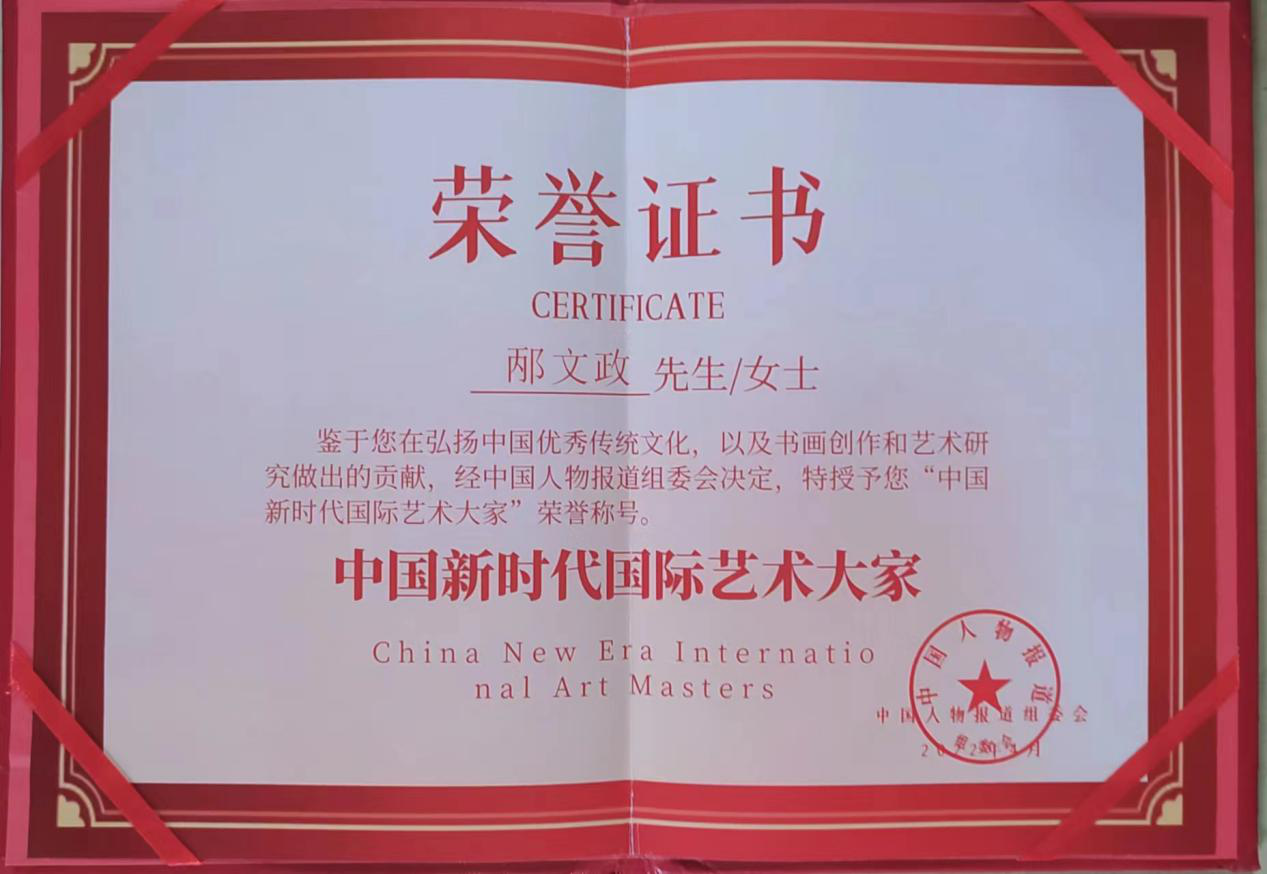
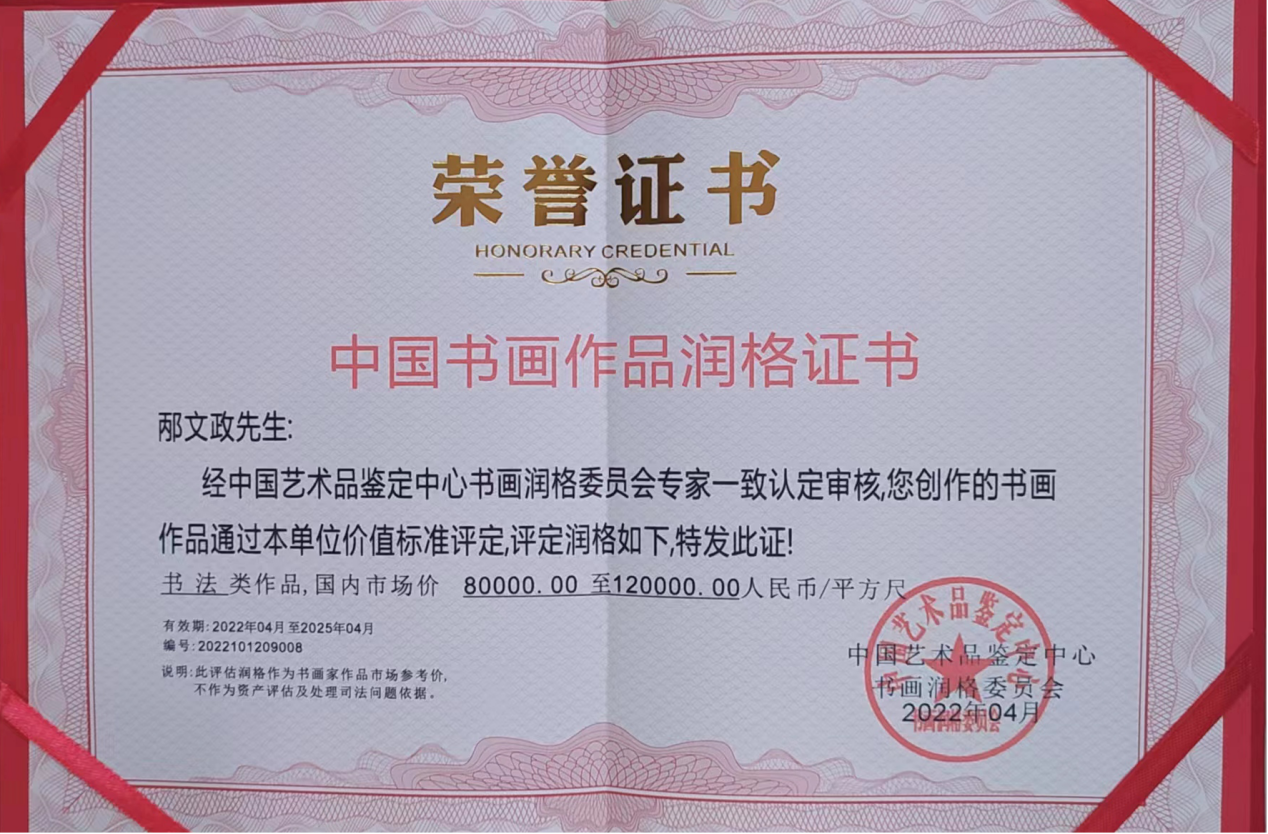

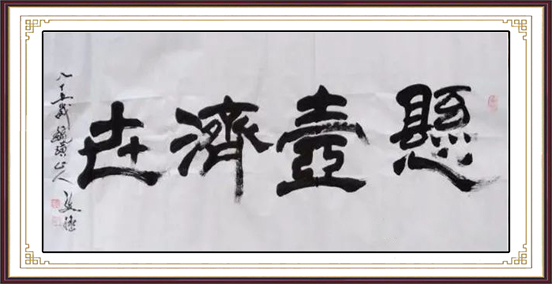
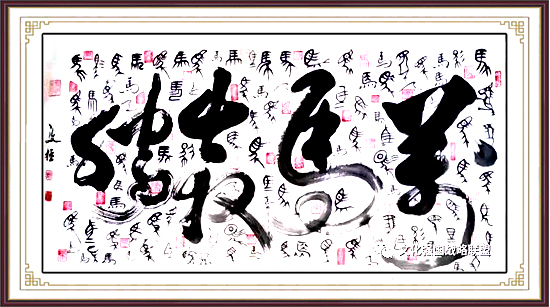
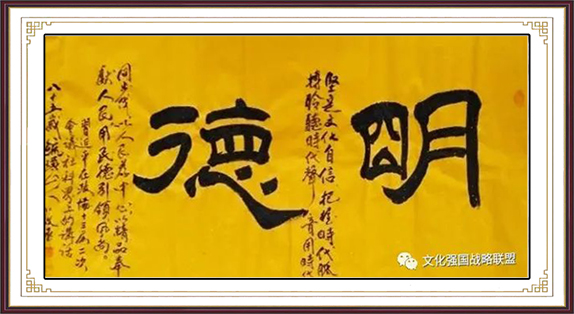
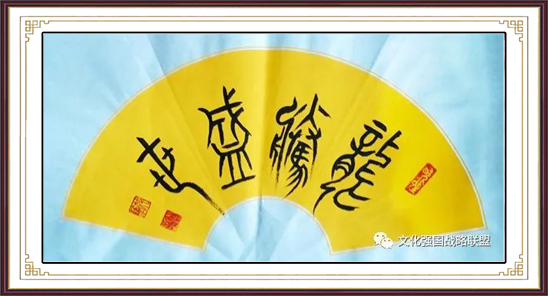
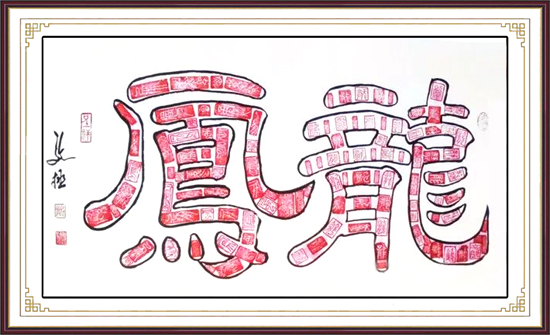
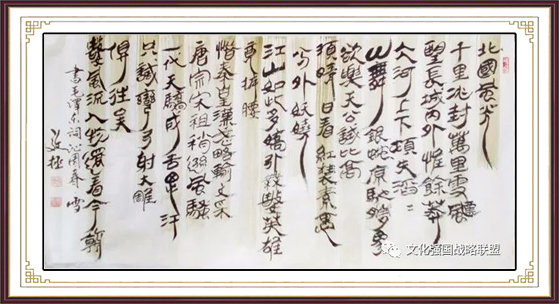

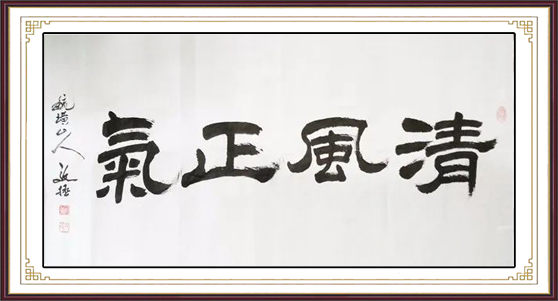
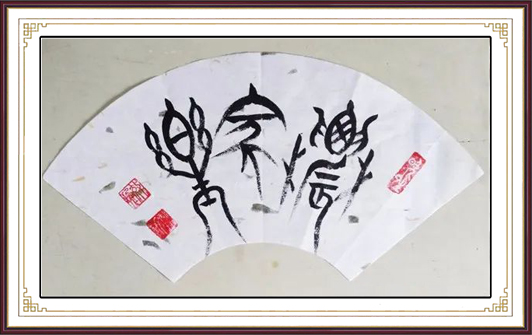
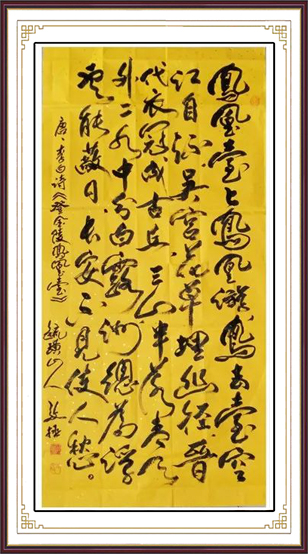
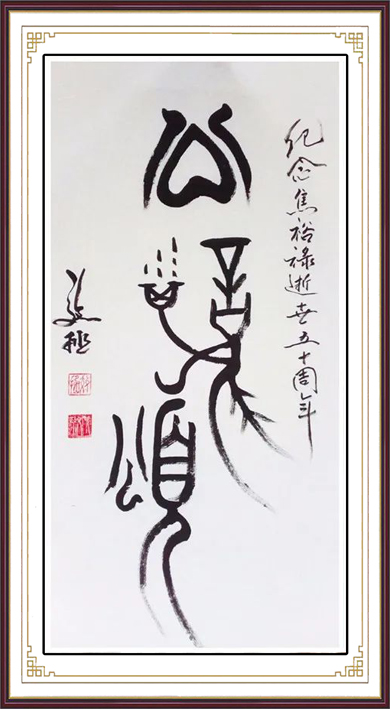
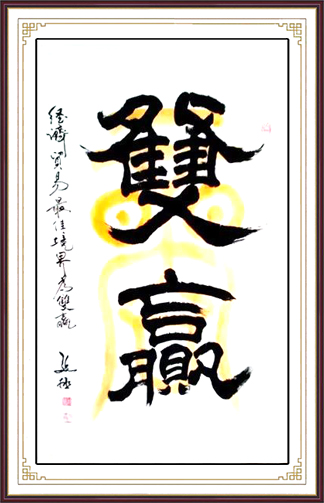
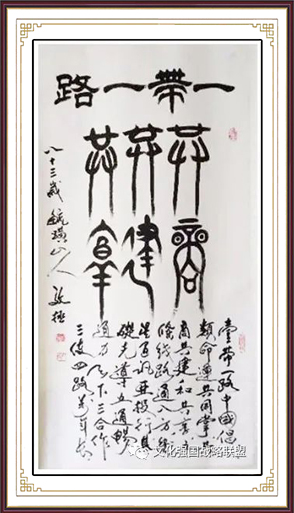
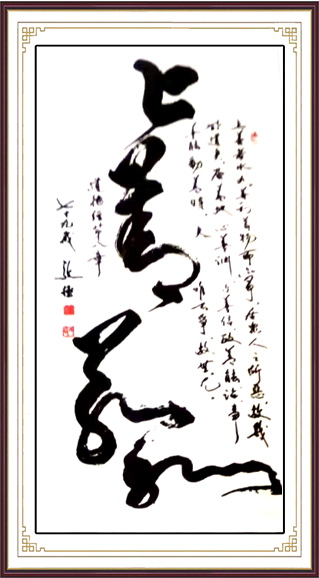
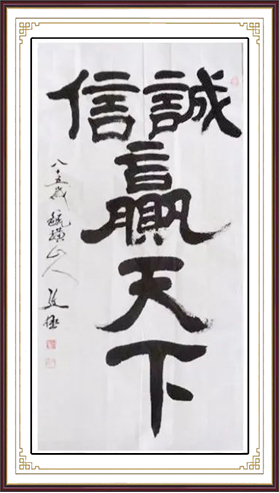
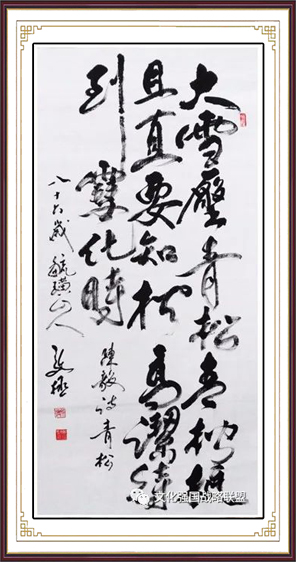


0 条 评 论 Write a Response